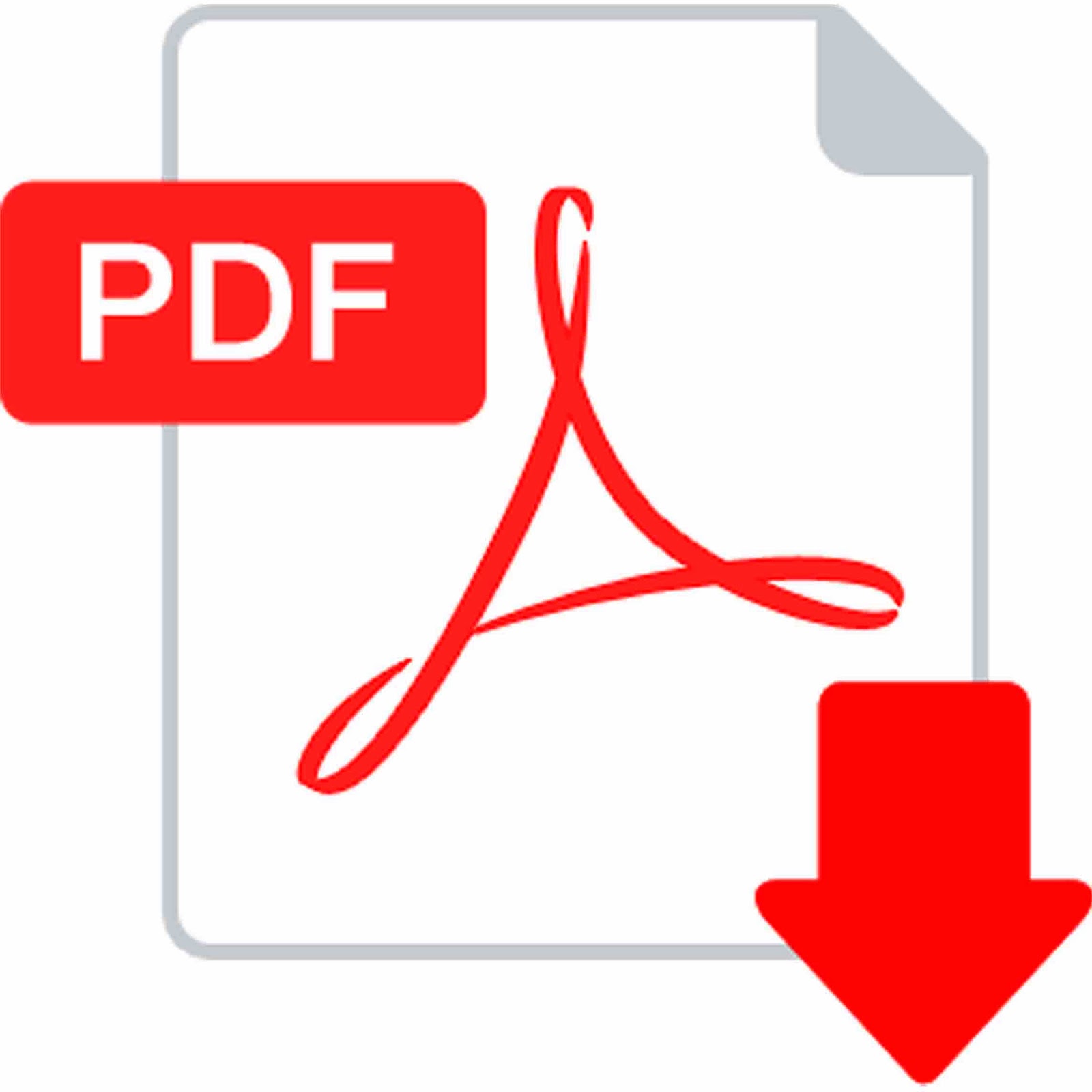| JEL Classification: H26, H30, E27, O17. | DOI: https://doi.org/10.31521/modecon.V50(2025)-19 |
Poltorak Anastasia, Doctor of Economics, Professor, Head of the Department of Management and Marketing, Mykolayiv National Agrarian University, Mykolaiv, Ukraine
ORCID ID: 000-0002-9752-9431
e-mail: poltorak@mnau.edu.ua
Nesterchuk Tetyana, Applicant of Higher Education, Accounting and Finance Faculty, Mykolayiv National Agrarian University, Ukraine
ORCID ID: 0009-0001-6140-774Х
e-mail: tanjanesterthuk@gmail.com
Pastushenko Vitaliy, Applicant of Higher Education, Accounting and Finance Faculty, Mykolayiv National Agrarian University, Ukraine
ORCID ID: 0009-0002-8711-0060
e-mail: pastusenkovitali102@gmail.com
The Role of Tax Regulation in Ensuring Ukraine’s Financial and Economic Security Amid the Growth of the Shadow Economy
Abstract. Introduction. The shadow economy is a long-standing phenomenon that affects countries worldwide, including Ukraine. A significant portion of Ukraine’s GDP remains in the shadows, posing serious challenges to financial stability, state governance, and economic growth. The persistence of informal economic activities undermines tax collection, weakens the institutional capacity of the state, and distorts market competition. The article focuses on analyzing current indicators of the shadow economy in Ukraine, its root causes, and modern trends, while also proposing state-level strategies for its mitigation. Given the increasing importance of economic transparency in the context of European integration and global economic shifts, addressing this issue is crucial for Ukraine’s sustainable development.
Purpose. The purpose of the article is to identify the main causes of the shadow economy in Ukraine, determine its scale and implications for economic development, and outline effective mechanisms for its reduction through state tax policy and institutional reforms.
Results. The study determined that the shadow economy in Ukraine amounts to approximately 30–50% of GDP, with key causes being excessive tax pressure, regulatory complexity, corruption, and geopolitical factors. The most widespread tax evasion schemes are “envelope wages” and gray imports. The authors propose a set of state tax policy strategies, including simplifying the tax system, reducing the tax burden on small and medium-sized businesses, enhancing transparency, digitalization of tax administration, and strengthening penalties for violations.
Conclusions. Reducing the shadow economy is critical for Ukraine’s fiscal sustainability and long-term development. A comprehensive approach involving tax reforms, institutional strengthening, technological solutions, and incentivizing official economic activity can significantly reduce informal practices. Implementation of the proposed measures will increase tax revenues, improve financial discipline, and contribute to Ukraine’s overall economic stability.
Keywords: shadow economy, tax evasion, tax policy, tax management, financial stability, financial and economic security.
References:
- Peter M. Gutmann. (1977). The Subterranean Economy. Financial Analysts Journal. Vol. 33, No. 6, pp. 26-3.https://www.jstor.org/stable/4478078.
- Stigler, G. J. (1971). The Theory of Economic Regulation. The Bell Journal of Economics and Management Science, 2(1), 3–21. https://doi.org/10.2307/3003160.
- Friedman, M. (1962). Capitalism and Freedom (40). University of Chicago Press. https://doi.org/10.7208/chicago/9780226264189.001.0001.
- Schneider, F., & Medina, L. (2018). Shadow economies around the world: What did we learn over the last 20 years?International Monetary Fund. https://surl.lu/pvittg.
- Lisovyi, A. V., Proskura, K. P., Kyrpa, S. V., Savchenko, A. M., & Skoryk, M. O. (2024). Organizational and economic mechanism of counteracting the shadow economy and corruption: A monograph (A. V. Lisovyi, Ed.). DPU.
- Kharchenko, Y. P. (2022). Analysis of the impact of the shadow economy on the parameters of inclusive regional development. Problems and Prospects of Economics and Management, 2(30), 93–100. https://doi.org/10.25140/2411-5215-2022-2(30)-93-100.
- Zolkover, A. O., & Kovalenko, D. I. (2024). The shadow economy: Threats to the national financial system and solutions. Journal of Strategic Economic Studies, 3(20), 43–55. https://doi.org/10.30857/2786-5398.2024.3.5.
- Zolkover, A. O., & Bugas, V. V. (2024). State tax policy strategies for combating the shadow economy. Public Administration and National Security, 7(48), 56–63. https://doi.org/10.25313/2617-572X-2024-7-10165.
- Poltorak, A. S. (2019). The shadow economy as an internal threat to ukraine’s financial security. Economic journal Odessa polytechnic university, 3(9), 104–111. https://doi.org/10.5281/zenodo.3805257.
- Poltorak A., Vietrova N., Onopriichuk D., Onyshchenko D. (2024). Assessment of the Outflow of Financial Resources outside Ukraine within the Financial Security Management System. Modern Economics, 43(2024), 82-88. https://doi.org/10.31521/modecon.V43(2024)-11.
- Sirenko, N., Atamanyuk, I., Volosyuk, Y., Poltorak, A., Melnyk, O., & Fenenko, P. (2020). Paradigm Changes that Strengthen the Financial Security of the State through FINTECH Development. У 2020 IEEE 11th International Conference on Dependable Systems (с. 110–116).https://doi.org/10.1109/DESSERT50317.2020.9125026.
- Ministry of Economy of Ukraine. (2009). On approval of methodological recommendations for calculating the level of the shadow economy (Order No. 123). Verkhovna Rada of Ukraine. https://zakon.rada.gov.ua/rada/show/v0123665-09#Text.
- Ministry of Economy of Ukraine. (2021). On amendments to the methodological recommendations for calculating the level of the shadow economy (Order No. 104). https://me.gov.ua/view/6bc01201-095b-4890-b998-ff5bf32ba473.
- Finance.UA. (2024). The Ministry of Economy has calculated what part of the Ukrainian economy is in the “shadow”. https://news.finance.ua/ua/u-minekonomiky-pidrahuvaly-yaka-chastyna-ukrains-koi-ekonomiky-perebuvaye-v-tini.
- Economic Truth. (2024). The shadow economy costs the budget 420 billion – Hetmantsev. https://epravda.com.ua/news/2024/10/15/720580/.
- Dyachenko, O. (2018). The scale and structure of the shadow economy in the world and the reasons for its emergence. Scientific Notes of the Institute of Legislation of the Verkhovna Rada of Ukraine, 2. https://surl.li/hzqmqf.
- Ministry of Economy of Ukraine. (2024). Analytical note: Shadow economy. General trends. https://me.gov.ua/view/74e86de5-126a-4849-94d5-7d4ea048e4b8.
- Tsymbal, D. (2024). The impact of the shadow sector in terms of unpaid personal income tax on the economic and social development of Ukraine. National Bank of Ukraine. https://surl.li/oxtvyl.
- Yanishin, Y. S., Dudyak, R. P., & Vovk, O. V. M. (2023). Shadow economy in Ukraine and its determinants. Scientific Messenger of LNU of Veterinary Medicine and Biotechnologies, 25(101), 22–30. https://doi.org/10.32718/nvlvet-e10103.
- Dubrovskyi, V., Hetman, O., & Cherkashyn, V. (2024). Comparative analysis of the fiscal effect of tax evasion/avoidance schemes in Ukraine. Institute for Socio-Economic Transformation, CASE Ukraine. https://iset-ua.org/images/Shemi-2024-final.pdf.
- Lashchuk, Y. (2024). What are the largest schemes of the shadow economy in Ukraine? Interfax-Ukraine News Agency. Retrieved from https://interfax.com.ua/news/blog/1025298.html.
- Economics Expert Platform. (2024). Assessment of the shadow economy by industries. https://economics.org.ua/index.php/nasha-robota/dashbord.
Received: 5 April 2025

|
How to quote this article? |
| Poltorak A., Nesterchuk T., Pastushenko V. (2025). The Role of Tax Regulation in Ensuring Ukraine’s Financial and Economic Security Amid the Growth of the Shadow Economy. Modern Economics, 50(2025), 144-151. DOI: https://doi.org/10.31521/modecon.V50(2025)-19. |










 Українська
Українська